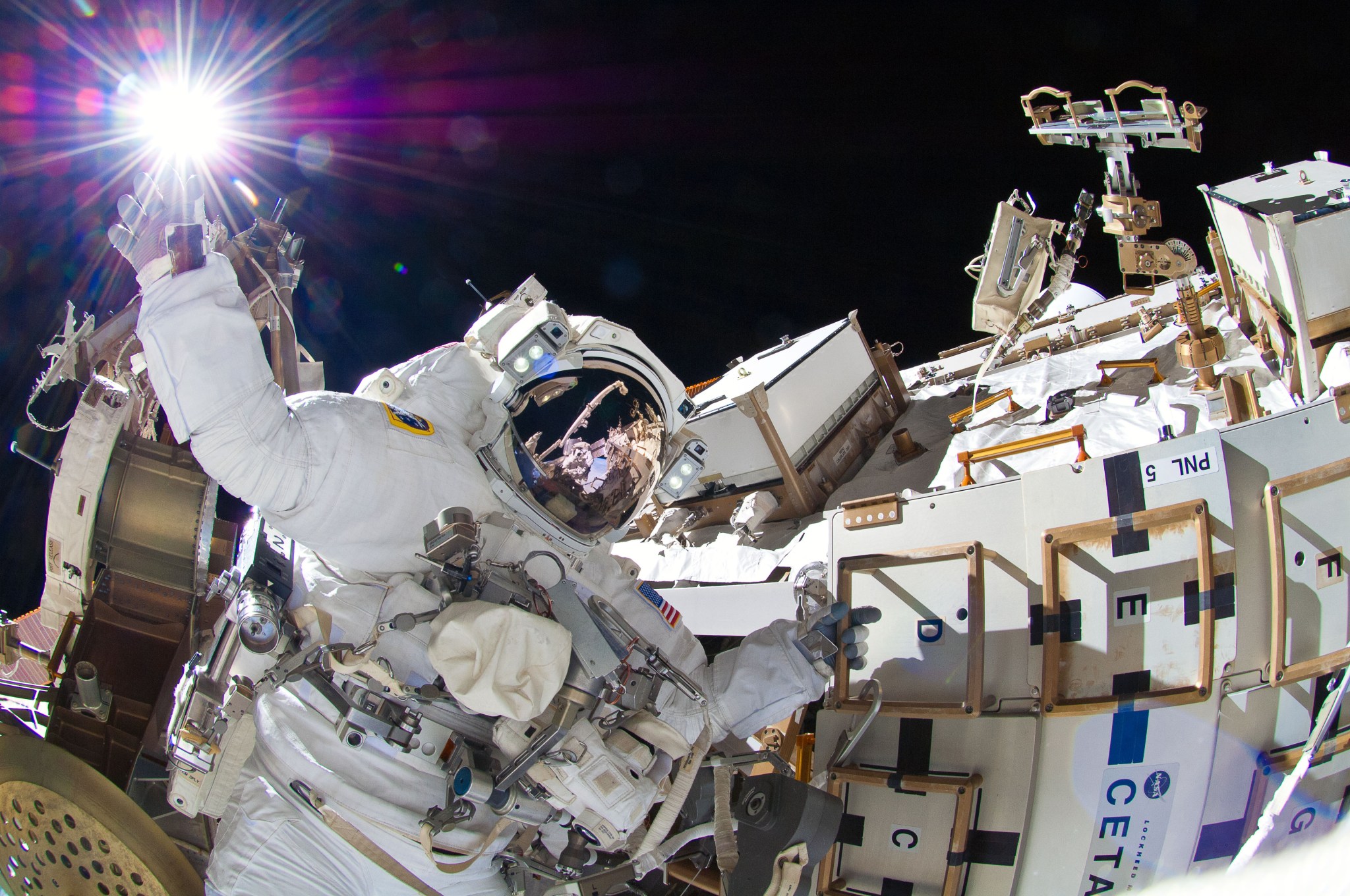NASA-STD-3001: NASA Spaceflight Human-System Standard Vol 1: Crew Health and Vol 2: Human Factors, Habitability, and Environmental Health and NASA/SP-2010-3407, Human Integration Design Handbook (HIDH): suit life support and basic functionality; HIDH includes observed metabolic rates and human factors; no suit-induced operational injury prevention or operations guidance. Training injury data available, but injury mechanisms and associated individual risk factors (sex, anthropometry, fitness, etc.) are not yet understood. Microgravity EVA performance is characterized, but the physiological and functional demands of planetary EVAs are not understood, outside of a limited number of Lunar and Mars sites, where humans and robotic landers have been.
Directed Acyclic Graph Files
+ DAG File Information (HSRB Home Page)
+ EVA Risk DAG and Narrative (PDF)
Human Research Roadmap
+ Risk of Injury and Compromised Performance Due to EVA Operations



































